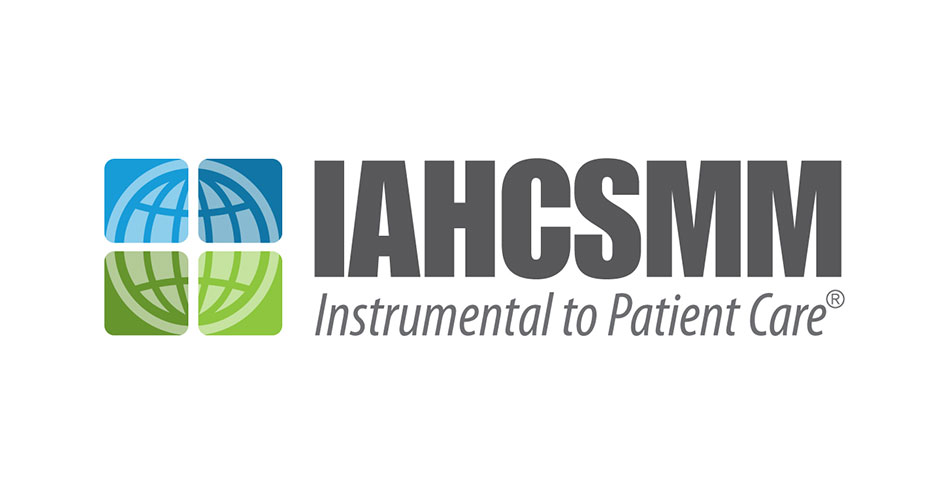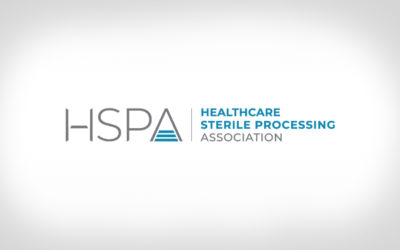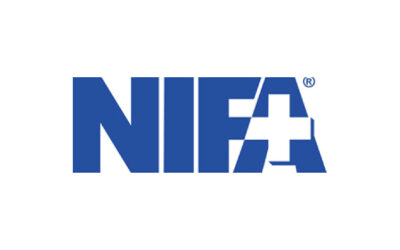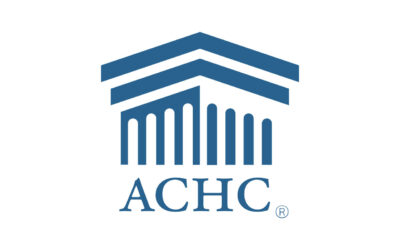 By Julie Williamson
By Julie Williamson
Sterile Processing (SP) professionals’ critical core responsibility is the processing of instrumentation and the delivery of clean, high-level disinfected or sterilized devices that are well functioning and ready for patient use in the operating room and other patient care areas. It’s important to point out, however, that SP professionals also rely on their health care customers (including and especially their operating room and endoscopy team members) to do their part in this quest for safe, effective instrument care.
Specifically, they need end user departments to commit to proper point-of-use care – a vital step that is often missed in many health care facilities, and a crucial practice clearly outlined in the latest regulatory guidelines and industry standards, including those from the Association of periOperative Registered Nurses (AORN), the Association for the Advancement of Medical Instrumentation (AAMI) and the Association of Surgical Technologists (AST). In some cases, OR team members and professionals in other patient care areas may not be fully aware of the latest standards and guidelines – or even facility procedures – that address point-of-use care; therefore, they may lack a solid understanding of its essential role in patient and employee safety, and in more efficient, effective instrument reprocessing. In other cases, facility policy may not be adequately disseminated and enforced, and some professionals in high-pressure procedure areas like the OR may fail to engage in proper point-of-use care practices due to time constraints.
Make no mistake, failure to consistently implement proper point-of-use care can spur negative outcomes that not only impact health care departments, but patients themselves. Delicate and sophisticated instruments can become damaged, leading them to malfunction at the point of patient care and generate extensive and costly repairs (or the need for premature replacement, which is even costlier). Improperly transported contaminated devices may also jeopardize employee, patient and visitor safety. Further, bioburden and fluids that are allowed to dry on devices after their use pose another serious risk because it makes cleaning and reprocessing more difficult, which increases the risk of a contaminated device being used on a subsequent patient.
Teamwork is critical
Regulations and evidence-based standards and guidelines across multiple organizations align on the importance of providing proper point-of-use care and transport of contaminated reusable items – and, more than ever, surveyors and inspectors from The Joint Commission (TJC) and the Centers for Medicare & Medicaid Services (CMS) know and rely upon these regulations and guidelines to help steer the survey process. Surveyors are also ensuring facilities’ policies and procedures reflect the latest evidence-based standards and guidelines, and that they are being consistently followed throughout the health care organization, explained Rose Seavey, MBA, BS, RN, CNOR, CRCST, CSPDT, retired president and CEO of Seavey Healthcare Consulting. Seavey provided an educational session on point-of-use care during the 2019 IAHCSMM Annual Conference in Anaheim, California.
Seavey pointed out that instrument care and handling is a joint responsibility between user departments and the SPD. Because biofilm, a mass of bioburden, can begin forming on instruments within minutes, she stressed the importance of engaging in proper point-of-use practices throughout and immediately following each patient procedure. This treatment involves wiping off gross blood and bioburden, keeping instruments covered with a water-moistened towel or wetted with an approved enzymatic product, and then ensuring the instruments are transported to the decontamination area in a safe manner and as quickly as possible post-procedure, in accordance with current regulations, standards and guidelines, and facility policies.
AAMI, AORN and AST recommendations state that instruments that can be disassembled and opened should be done so at the point of use. The standards also state that sharps should be separated by personnel who understand the risk for injury – and such devices should be placed in a puncture-resistant container for safe transport. Seavey said TJC’s new scoring guidelines ensure surveyors will be looking for separation of sharps during inspections. It’s important to note that, per Occupational Safety and Health Administration (OSHA) regulations, contaminated items should never be transported in the same water in which they soaked, unless they are in a spill- and splash-proof container. Single-use devices and other disposable waste should be removed and disposed of in the OR.
Endoscopes also require diligent point-of-use treatment that includes suctioning and wiping down surfaces to aid the removal and break down of bioburden. Seavey clearly pointed out that point-of-use care and treatment does not translate to point-of-use cleaning, and reminded that devices shouldn’t be cleaned outside dedicated decontamination areas. Like other instruments, endoscopes should also be transported to the decontamination area and processed as soon as possible following their use. Some manufacturers’ instructions for use (IFU) clearly state that if reprocessing doesn’t begin with 60 minutes of use, extensive reprocessing will be required.
All contaminated devices, regardless of type, should be covered for transport to the decontamination area and marked as “biohazardous.” This is true even if the surgical suite or procedure area is located near the decontamination area in the SPD.
Risk assessments play another essential role in point-of-use care success and should be performed regularly to help determine process missteps and areas in need of immediate improvement. “We need to know what we know and close any gaps for the sake of our patients,” said Seavey.
Julie Williamson is the IAHCSMM Communications Director/Editor.










